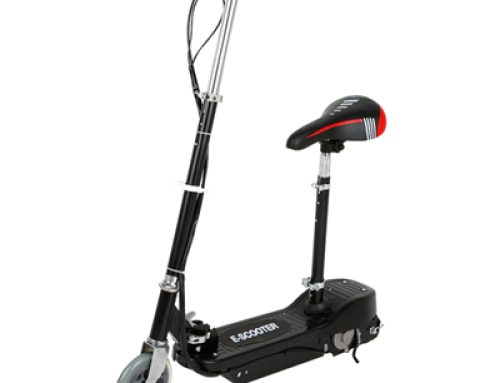While hoverboards might still be in the realm of science fiction as of my last update in September 2021, if they were to become a reality, safety would be paramount. Here are some safety tips to consider for a secure hoverboard ride:
- Wear Proper Safety Gear: Just like with any form of personal transportation, wearing appropriate safety gear is crucial. This includes a helmet to protect your head, knee and elbow pads to safeguard your joints, and wrist guards to prevent wrist injuries.
- Choose a Safe Riding Area: If hoverboards become a reality, choose a riding area that is smooth, flat, and free from obstacles. Avoid uneven terrain, crowded sidewalks, and busy streets, especially when you’re still learning to control the hoverboard.
- Learn Proper Technique: If hoverboards require specific techniques to operate safely, take the time to learn and practice them. This might include how to shift your weight for balance and turning, as well as how to stop and dismount safely.
- Stay Visible: Wear bright or reflective clothing if you’re riding in low-light conditions or at night. This helps ensure that others can see you and avoid potential collisions.
- Follow Traffic Rules (if applicable): If hoverboards are integrated into regular traffic, obey traffic signals, signs, and rules, just as you would while riding a bicycle or driving a car.
- Start Slow and Steady: If hoverboards have variable speeds, start at a slower pace until you feel comfortable and confident with the controls. Gradually increase your speed as you become more experienced.
- Be Mindful of Others: Whether pedestrians or other riders, be considerate of others sharing the same space. Give pedestrians the right of way, and avoid weaving through crowds or startling others.
- Practice Balance: Balance is likely to be a key aspect of hoverboard riding. Practice maintaining your balance both while stationary and while moving to improve your overall control.
- Check the Equipment: Before each ride, inspect your hoverboard for any signs of damage or wear. Ensure that all components are functioning properly, including the power source and any stabilization systems.
- Stay In Control: Always ride at a speed that allows you to maintain control over the hoverboard. Sudden or jerky movements can lead to accidents.
- Stay Aware of Battery Life: If hoverboards are battery-powered, keep track of your battery life. Avoid going on long rides without knowing if you have enough power to return safely.
- Practice Falling Safely: While we hope you never fall, it’s essential to know how to fall safely. If you lose your balance, try to land on softer body parts (like your forearms) and roll with the fall to distribute the impact.
Remember, these safety tips are based on the hypothetical scenario of hoverboards becoming a reality. As of my last update in September 2021, hoverboards like those in science fiction movies were not yet a practical mode of transportation. Always prioritize safety when trying out any new form of personal mobility, and consult official guidelines or resources for the latest safety recommendations.







